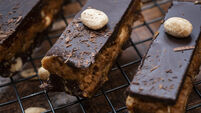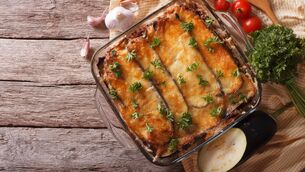Caitríona Redmond: Preserving summer fruits - including gooseberries for my curd recipe
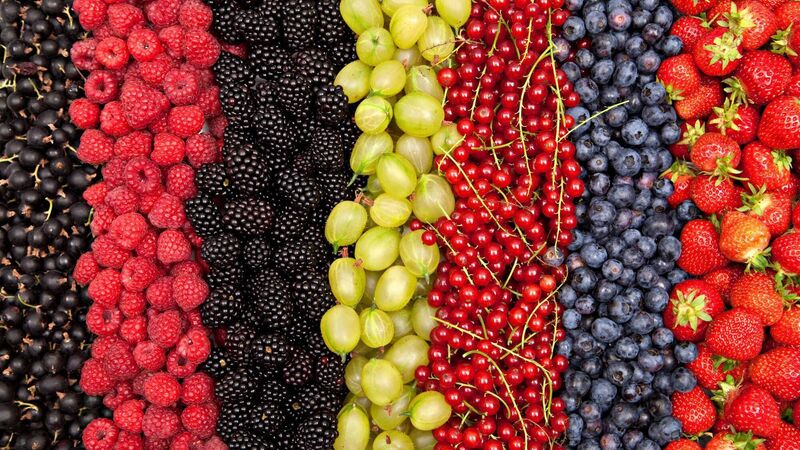
Pic: iStock
You might wonder what preserving fruit has got to do with living on a budget. Have you seen the price of fresh or frozen berries recently?
For the next several months we will be harvesting and using as many of the berries that we can pick from our allotment, the dark back garden, and local hedgerows.
From a rainbow of currants to blackberries and sloes, Irish fruit is bountious at the moment and I don’t intend to waste one bit.
When we get to the depths of winter I will have jars and bottles to crack open and enjoy.
There will be portions of frozen fruit to give me the memory of a blistering hot summer.
I’ll pick out the berries to bake with knowing that they grew just a few steps from my kitchen.
Not forgetting I’ll count the benefits in my grocery shopping budget for months.
The summer berries are finally beginning to ripen and it is all hands on deck in our house to harvest and preserve some of our favourite crops.
My currant and gooseberry bushes benefit from plenty of benign neglect I have found.
Blackcurrants quite like some shady ground so are suited to my dark north-facing back garden.
Blackcurrant bushes have a heady fragrance which is used in perfume making and I love the flavour.
Blackcurrants, redcurrants, whitecurrants and gooseberries all require topping and tailing before jam-making and it is labour-intensive.
Instead, I recommend that you pick out any leaves and stems, then thoroughly wash your berries to make jelly or syrups.
If you must top and tail your berries the easy way to do this is to freeze what you have picked for 24 hours in advance.
Once the berries are frozen solid pour a handful onto a clean tea towel then use a second tea towel to rub the brittle top and bottle parts from the berries.
If you’ve not made my signature berry booze drink before, now is the opportune time to fill up some jars in advance of December.
There were more than enough blackcurrants in my harvest to make another batch this week and the containers will stay in a cool dark space until I’m ready to decant and gift the alcoholic drink. You will find the recipe on ieFood.
Even though you may wash and clean berries to the best of your ability, there’s still a chance that some small aphids or bugs might get into your homemade syrups or drinks. This is why I use a light piece of muslin, folded into four to separate the berries from whatever liquid I’ve concocted. The muslin ensures that it filters out anything that might prevent your liquid from looking clear. It also washes easily with your regular laundry so it can be put away for future (hopefully frequent) use.
To make homemade blackcurrant cordial, bring equal parts of blackcurrants, sugar, and water to the boil and then simmer for 15-20 minutes. Allow the contents of the saucepan to cool before straining away the berries using one of those magic muslin cloths. The leftover cooked blackcurrants can now be used in pies and baking. They have been sweetened during the cooking process so bear that in mind when cooking.
The most common type of fruit curd you will find in the supermarket is lemon. For other varieties you will sometimes find an artisan preserve maker or homecook that makes them. No matter where I've eaten or bought it, shop-bought curd rarely beats what you can make at home.
Fruit curd can be served and eaten in any variety of ways; on toast, in a tart, as a sauce over ice cream and more. Personally, I love a generous smear of curd on a crisp biscuit or on hot toast with a mug of tea. You’ll find a very special recipe for a seasonal gooseberry curd below this week. You can enjoy the curd on toast or you can stir it through with some stewed berries and fluffy whipped cream for a lighter version of gooseberry fool.
While my recipe this week is based around gooseberries please consider using other fruit purees as a base. Another favourite in this house is raspberry curd which has a beautiful delicate pink hue and is not as sour in flavour. Rather than using jam to fill a fruit sponge or pavlova you could substitute a decent curd and whipped cream instead and top with fresh berries and mint.
Gooseberry Curd
Stew 200g of fresh gooseberries with 50ml of water for 10 mins until they pop and then allow to cool before making this sweet and sour delight. Makes 500g.
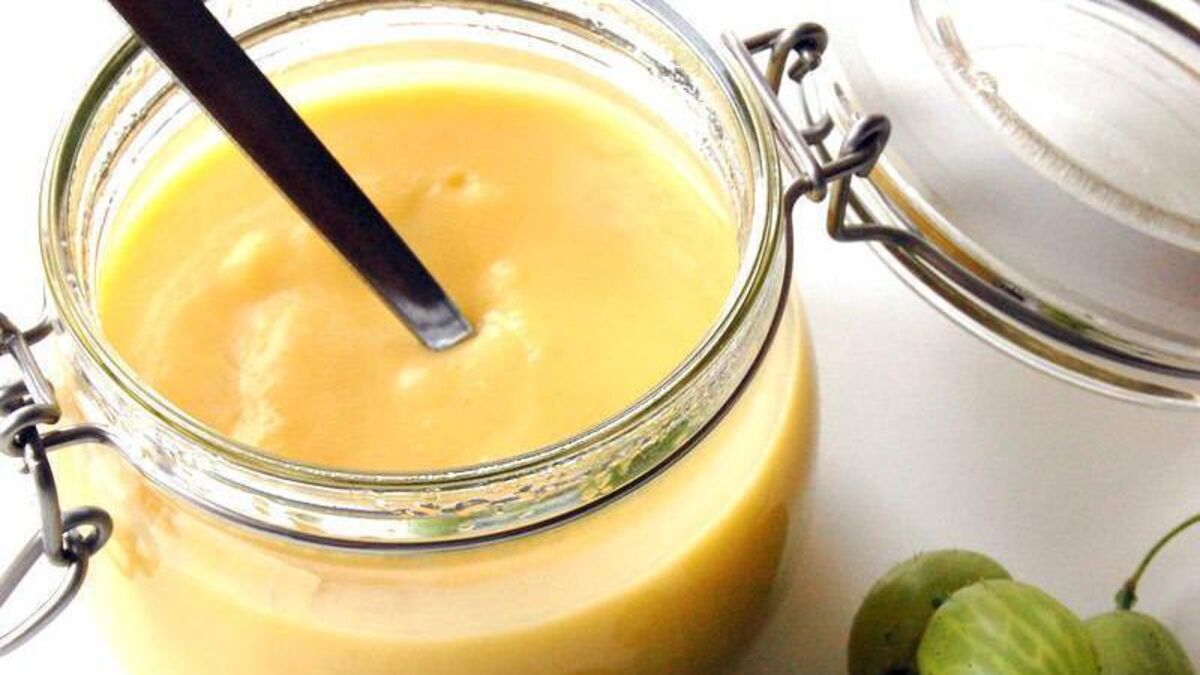
Preparation Time
30 minsCooking Time
20 minsTotal Time
50 minsCourse
DessertIngredients
Ingredients:
200ml gooseberry puree (I also passed mine through a muslin cloth to get it smooth)
140g caster sugar
75g butter
3 eggs (of which you'll use 2 full eggs and 1 egg yolk)
Equipment:
Large saucepan
Large glass bowl (which will fit on top of the saucepan leaving about 7cm from the bottom)
Whisk
Jars for preserving
Large metal tray for the oven
Weighing scales and bowl for weighing
Method
Fill the saucepan with enough water to cover the base, but don't fill it up the level of the bowl when resting in the saucepan. So if you have a 7cm gap, fill it to 6cm.
Put the saucepan on the hob and turn the ring onto the lowest setting.
Take the large glass bowl and weigh out the butter. Then place the glass bowl on top of the saucepan with the warm water and wait for the butter to melt completely.
Meanwhile, use the other bowl and weigh out the sugar and gooseberry puree.
Remove the lids from your jars of choice (this recipe makes about 500ml of curd) and place the jars on the metal tray.
Put the metal tray into your oven and (from cold) turn the oven on to 140C.
Once the butter has melted, add the sugar and puree and stir well until the sugar starts to dissolve.
Now add your eggs. Two full eggs and one egg yolk, cracked directly into the bowl.
Stir immediately to prevent the eggs from scrambling — although they shouldn't if you have the heat on low.
Now you need time and patience. I use a very low heat to prevent any curdling or scrambling but it does take time. Stand over the bowl, stirring every minute or so.
After about 15 minutes the mixture will have begun to warm through and you will notice the edges of the curd mixture in the bowl is becoming thick. Continue stirring for a further 5-10 minutes. You will know it is cooked when you dip a teaspoon into the curd and the back of the spoon is coated.
Carefully remove your jars from the oven and decant the curd. This gooseberry curd should last for about a month in the fridge if you keep the jar well sealed.
Bottom of the Fridge Tart
Handy to use what you have!
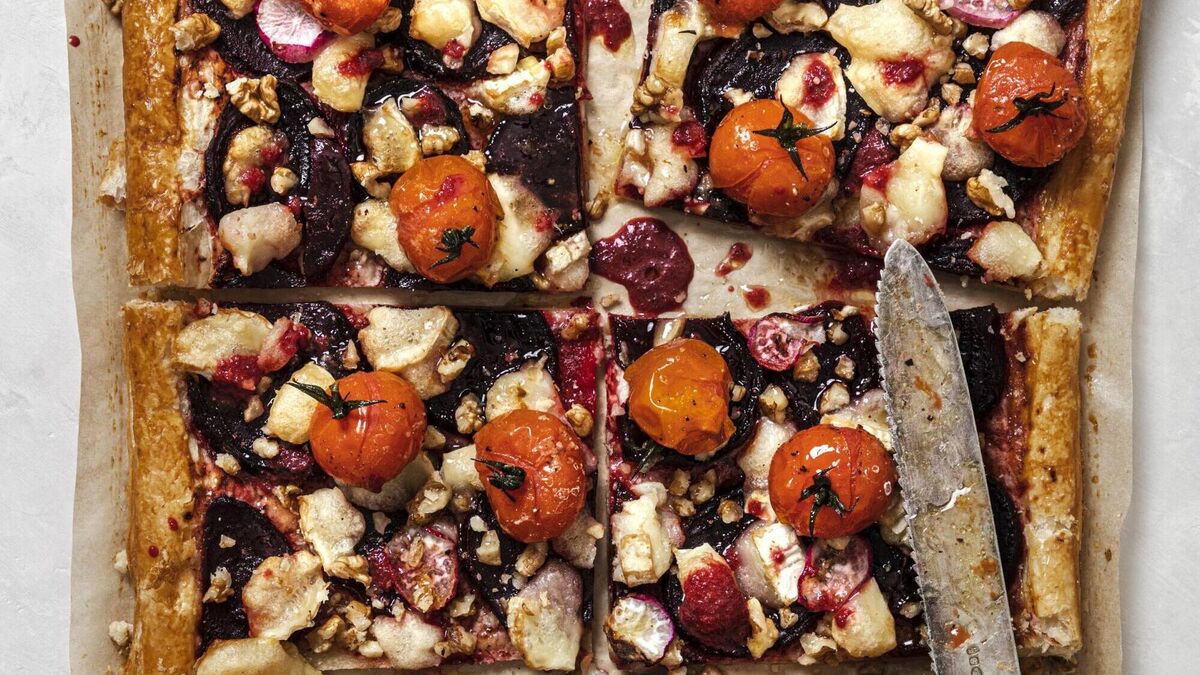
Servings
4Preparation Time
20 minsCooking Time
10 minsTotal Time
30 minsCourse
MainIngredients
1 roll of chilled puff pastry
¼ jar of whatever relish you have
¼ jar of pickles
Grated or shaved odds/ends of mixed cheese
Freshly ground black pepper
To Taste: crushed garlic, flaked almonds, pesto
Method
Preheat a fan oven to 180C.
Roll out the pastry onto a flat baking tray. You can use the paper it is wrapped in to line the tray.
Spread the pastry thinly with the relish and pickles.
Coat the top with shaved odds/ends of whatever cheese you have to hand.
Crack black pepper on top liberally.
Bake for 20 minutes.
Slice and serve with a fresh green salad. If you have any leftovers pop into a lunchbox for hungry hands on a picnic or the following day.
Note: If using an air fryer, slice the pastry into quarters and make individual Tarts. Cook in an air fryer for 15 minutes at 180C before serving.




